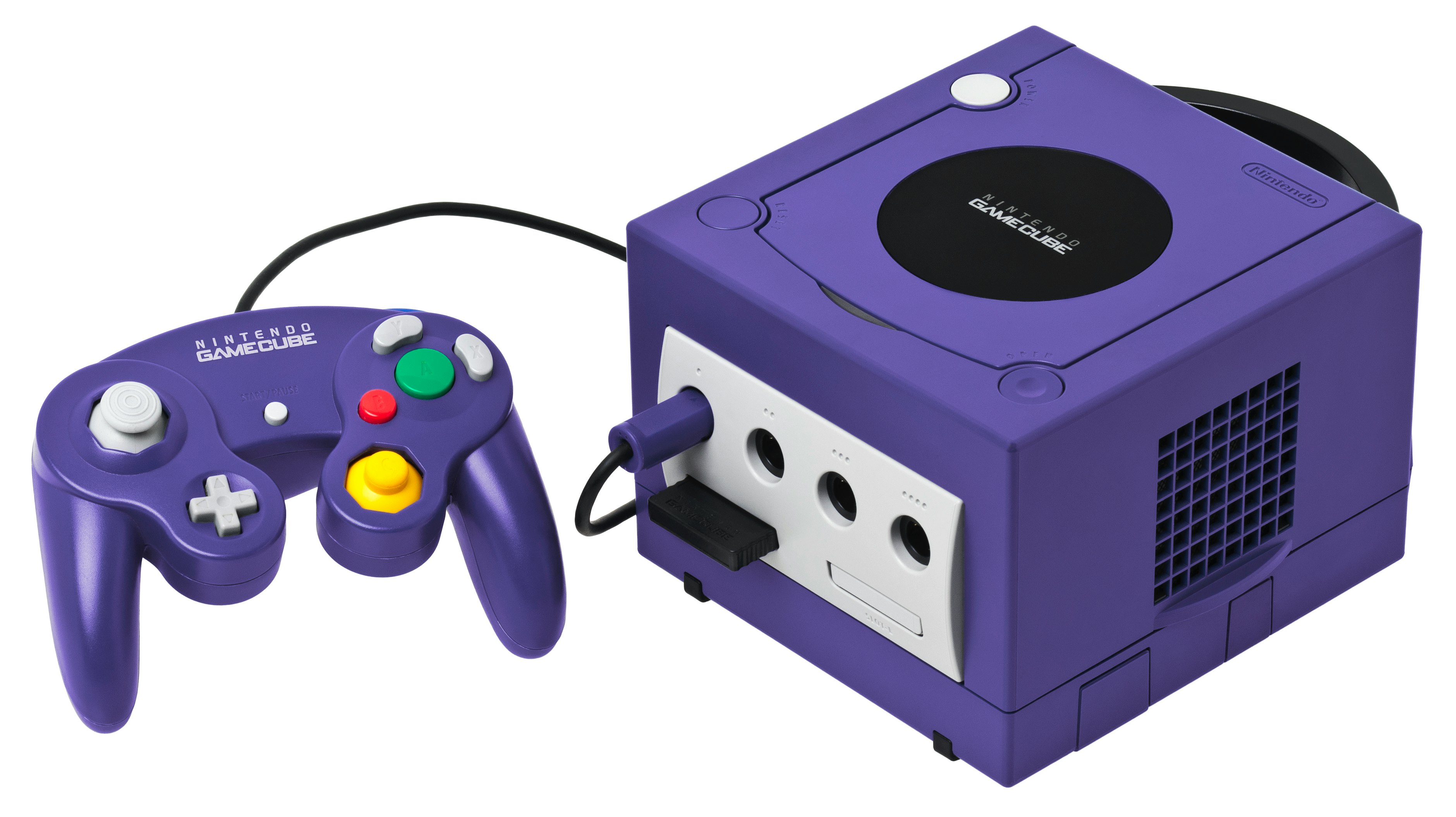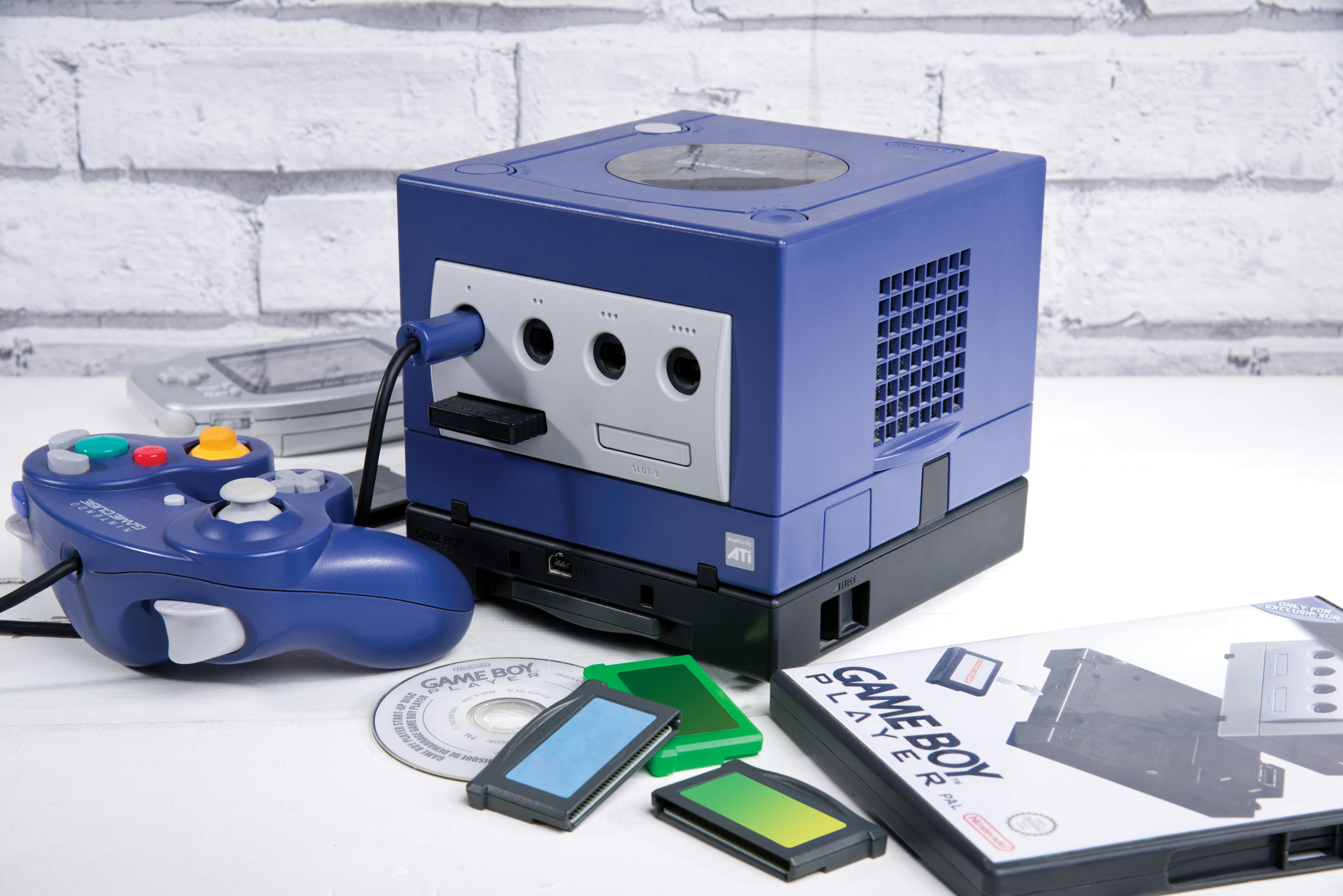
When I was 10 years old in a Gamestop, I made the most important decision in my video gaming career.
My mom had given me an enticing choice: I could pick one console and one game to bring home. This would be my first piece of hardware that wasn’t a black-and-white Game Boy, so I jumped at the opportunity. The Xbox was immediately out of the running — I was a bit too young to yell at strangers in Halo. That left the PlayStation 2 and the GameCube as the main contenders.

The PlayStation 2 had the upper hand in hindsight, with a DVD player and this weird game starring anime and Disney characters that I’d seen a lot of commercials for. But the GameCube, Nintendo’s purple lunchbox, came home with me, alongside a copy of the truly mediocre Tak and the Power of Juju.
This was a decision I would come to regret.
While my friends were playing Grand Theft Auto Vice City and learning what a keyblade was, my ill-advised choice left me with a platformer with a Nickelodeon show as its only lasting legacy. But as we reflect on the GameCube’s 21st birthday this September, I realize how important that console was. Not just for me, but for Nintendo, and the gaming industry at large.
Nintendo’s Saddest Child

Throughout the early days of console gaming, Nintendo was king. The Nintendo Entertainment System, the Super Nintendo, and the N64 dominated the industry, together selling more than 140 million consoles in two decades.
Originally announced to the world as Project Dolphin in 1999, the GameCube was poised to continue the Japanese developer’s reign. But the 3D era brought with it a series of tough competitors, including Microsoft’s Xbox and Sony’s PlayStation 2.
Looking at the data, it’s clear who won that round of the console wars. The PlayStation 2 is still the highest-selling console of all time, with over 155 million units sold. Meanwhile, GameCube sold just 21.7 million units throughout its lifecycle.
There are plenty of theories as to why it couldn’t keep up. The GameCube looked odd, with a tiny handle on the back and a boxy exterior that made it look less like a next-gen beast and more like what you’d store your snacks at school in. Quirky peripherals, like a cable to connect your GameBoy and a set of Donkey Kong bongos, were poorly supported and underscored the console’s childish feel.

Hardware limitations were an issue, too. The GameCube used small discs that could only hold 1,5 GBs of data, while a regular DVD had nearly 5 GB of space. That meant developers couldn’t easily port over games from other platforms without leaving a lot behind. This limited third-party support, making it a gamble to create a “lesser” version of a game for a seemingly underpowered device.
That meant Nintendo had to step up to the plate with its first-party offerings. And it was during this time that it released some of the best games of the 20th century, like Super Mario Sunshine, Metroid Prime, and Animal Crossing. Nearly two decades later, Super Smash Bros. Melee, which may have single-handedly sold more consoles than any other title on the system, is still played competitively worldwide.
What Nintendo Learned
As Nintendo was developing the Wii in the early 2000s, it wanted to make something entirely different. Code-named the “Revolution,” Nintendo sought to offer a new style of gameplay that utilized the company’s decades of experience innovating on unique gimmicks.
“We wanted to come up with a unique game interface,” veteran developer Shigeru Miyamoto told Business Week in 2006. “The consensus was that power isn't everything for a console. Too many powerful consoles can't coexist.”

Nintendo’s strategy was spot-on. The Wii went on to sell over 100 million units, solidifying it as one of the best-selling consoles of all time. While the Gamecube focused on being a traditional console, with graphics good for the era and a plug-in controller, the Wii did its own idiosyncratic thing. Nintendo realized that they are the best at doing the unexpected and created an entire movement based around movement, breaking the mold of stationary play.
Without the arguable failures of the GameCube, there’s no doubt that the Wii and a more relaxed approach to the video gaming space would be as ingrained in our culture.
The Wii brought casual gaming to the masses, allowing anyone who could hold a TV controller like Wiimote to play. The console wasn’t very hospitable to those with disabilities, which is definitely a fault of the device., You could play Wii Sports with your grandparent but can’t say the same about Final Fantasy: Crystal Chronicles. There was also more third-party support, with titles like Just Dance utilizing the Wiimote to full effect.
The GameCube was my first console and helped me to appreciate smaller, stranger games that I may never have tried if I’d picked an Xbox or PS2 that fateful day in Gamestop. Messing around with Pikmin, or ripping the limbs off animals in Cubivore, I grew to appreciate what the console offered. It may have taken two decades, but I realize now that I was much too rough on my first gaming love.







